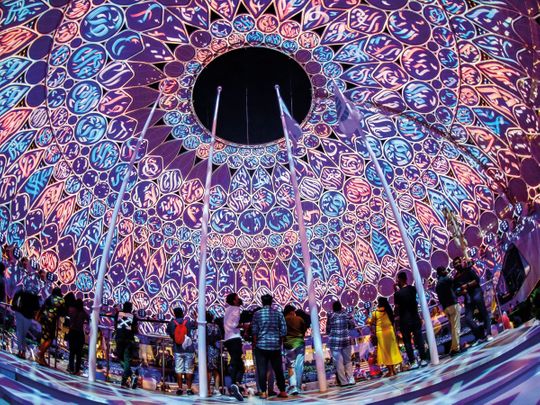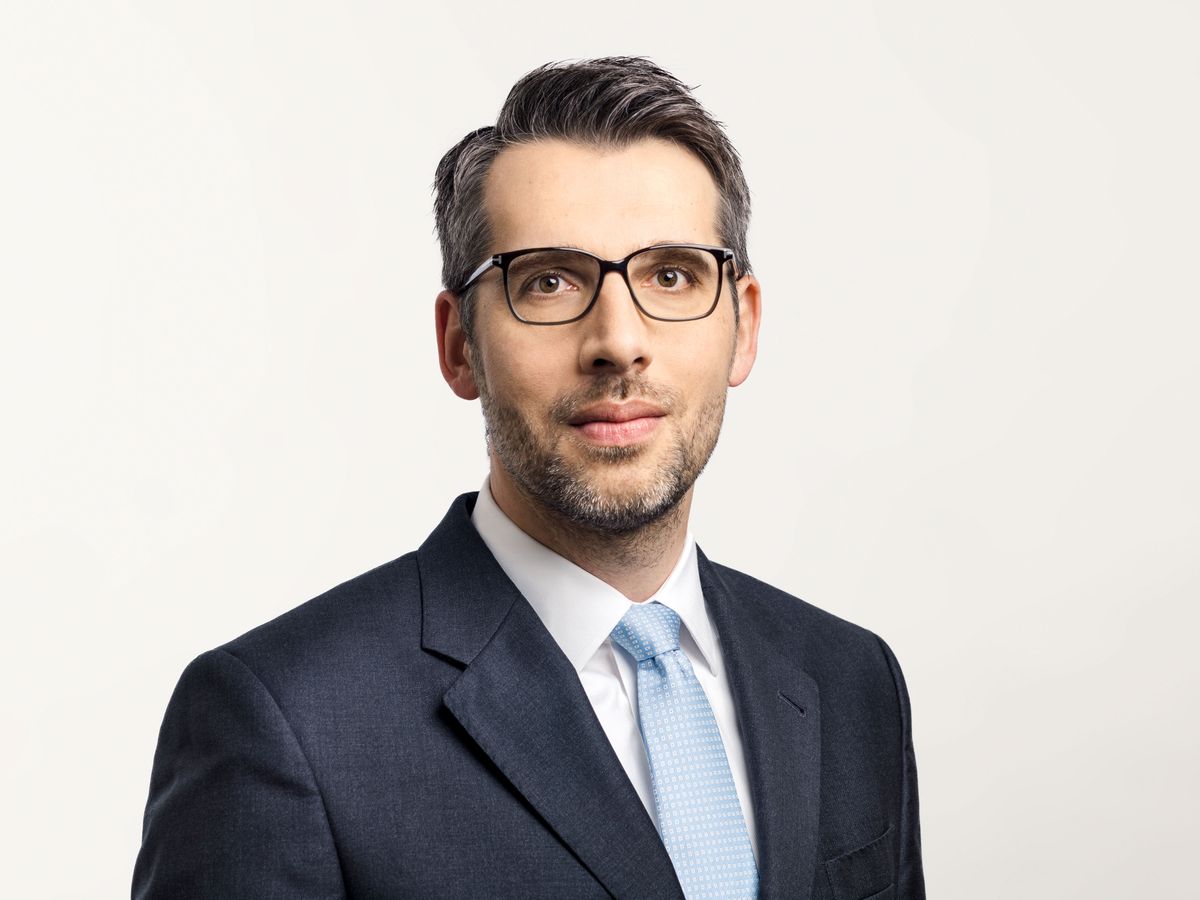
Highlights
- Carsten Menke, Head of Next Generation Research at Swiss wealth manager Julius Baer, discusses how megatrends have accelerated in the wake on the global pandemic
What are megatrends and how is it connected to investing. Which trends do you think are most prominent at the moment?
While we are aware of the fact that the world around us is changing, as humans we often underestimate the power of change. We live in the world as we know it and we struggle to comprehend the complexity of the trends around us. Some of these trends start small and do not seem meaningful at first sight. Eventually, they become so powerful that they are neither stoppable nor reversible once we recognise them. These are the so-called megatrends, which are often interconnected, making them even more powerful.
The good thing about megatrends is that they do not change all too often. We’ve clustered the megatrends along this lines of demographics, economics, innovation, environment and social values. All of these clusters encompass a number of megatrends, which as mentioned above, are interconnected and thus define one of our investment themes. As an example, we can pick ageing from the demographics cluster, welfare systems from the economics cluster and digitalisation from the innovation cluster, which leads us to our digital health investment theme. Alternatively, we can pick urbanisation from the demographics cluster, connectivity from the innovation cluster and sustainability from the social value cluster, which then leads us to our future cities investment theme.
Which megatrend is most prominent? That is almost impossible to answer, as by definition they are all very prominent. Instead, we might ask ourselves which megatrend is most strongly tied to today’s zeitgeist? Here, the answer would most probability be sustainability with all of its facets, touching investment themes such as clean energy, future mobility, future cities or circular economy, which are very much focused on the environmental aspect of sustainability, but also healthy living or feeding the world, where the personal aspect of sustainability is most in focus.

The energy business is experiencing tectonic shifts as various structural trends rattle its foundation. How do you view the push towards clean energy and future mobility?
Both trends are instrumental in terms of transitioning the world into a low-carbon future as almost 60 per cent of greenhouse gas emissions today are related to the energy and mobility sectors. Clean energy solutions such as wind and solar are the technologies of choice in most countries as they are cost competitive with conventional power sources such as fossil fuels. While some see the recent energy crunch because of the energy transition, we disagree. From our point of view, this is not a structural phenomenon, but a cyclical one, among other factors a consequence of an energy-intense and manufacturing driven V-shaped recovery, the short-term rigidness of today’s fossil fuel supply chains, and the dynamics at times unleashed by the complexity and interlinkages of energy markets.
Compared to clean energy, the electrification of mobility is still in a rather early stage. Most prominently, it is the expanding offering of plug-in cars, both hybrids and battery, which is driving a rapid adoption among consumers. Europe is leading is this regard, reaching a market share of more than 20 per cent for plug-in cars thus far this year.
Future cities is another key investment theme. Cities like Dubai and Abu Dhabi are progressing as advanced urban centres. How do you see future cities becoming magnets for investment, talent and trade?
We believe our world will become even more city-centric as the share of people living in urban areas will increase from around 55 per cent as of today to around 70 per cent by the middle of the century. Why is that? Primarily, it is because cities are global growth engines. They are economic powerhouses because they allow people to specialise, which raises productivity and which leads some sort of virtuous circle of increasing productivity. Of course, this is not just about putting as many people as possible into a city. That would be too easy. Cities are very complex social and economic systems, which need to function properly in order to become as economically powerful as they are. Infrastructure is key in that regard, both the classical kind as well as the digital kind.
We have reached a point in time at which the integration of technology and the expansion of the digital infrastructure have the potential to transform our cities, making them more than just an amassment of asphalt, concrete, glass and steel. Technology is a tool to make our cities smarter and more sustainable. In a smart city, everything is connected: traffic lights, streetlights, buildings, roads and the self-driving cars using them. Smart cities are heavily reliant on data.
This data is collected by an armada of sensors and cameras that are spread all over the city, gathering information about traffic, temperature, air quality and humidity, both inside and outside. The goal of a smart city is to make our lives easier, to know what happens before it happens. Its basis will be built on new generations of telecommunication technology and applications such as artificial intelligence or cloud computing.
Circular economies has received a lot of attention recently. How can events such as Expo 2020 focus more attention on the need for more circularity for the long term?
The big benefits of events such as the Expo 2020 is to provide a platform for know-how sharing, to provide a platform for best practice sharing. When it comes to the main challenges the world faces today, they are similar in many countries even though they may be dependent on a country’s prosperity level. Growing global waste is one of these challenges. We estimate that by the middle of the century, the amount of waste generated by households will rise by 75 per cent compared to today’s levels. That would by around 3.8 billion tonnes – or almost 1.1 kg per capita and day. Today, the average person of the planet generates around 0.75 kg per capita and day, ranging from 0.2 kg for the least prosperous countries to more than 2 kg for the most prosperous countries.
So, how does the circular economy fit in? The circular economy is a concept to tackle the world’s waste challenge. It turns a linear waste stream that ends in a landfill into a circular one that enables the reuse of resources. The circular economy is a trend in developed countries, but it is not a global one – even if it should be. This is primarily due to the different starting points for developed and developing countries. Developed countries start from a very high base, as they typically command an established waste man-agreement system. ‘Reduce, reuse, recycle’ is the concept that these countries follow to tackle their waste problems.
While working quite well, there is still upside potential, particularly when it comes to closing the loops of some waste streams, most notably plastic packaging. Developing countries, on the other hand, start from a much lower base. Their primary target should be to set up proper waste management systems, starting from collection and ending with treatment. Shifting away from landfills and setting up waste-to-energy solutions is a first step in the right direction, as it would bring economic, social, and environmental benefits.
Digitalisation is one of the strongest driving forces that power not just smart, but also sustainable cities. How will digital disruption accelerate the pace and the scope of innovation?
Indeed, digitalisation is a key element for future cities due to the transformative power of technology. That said, digitalisation is everywhere.It affects our private lives, it affects our professional lives, but it has been kicked off already decades ago. Think of the invention of the personal computer, think of the internet and the smartphone – just to name a few milestones. An ever-bigger part of our lives is shifting from offline to online.
When is this going to stop? Not for now, at least not if you listen to the world’s leading tech companies. Their next vision is the Metaverse. What is the Metaverse? In a nutshell, it is an online world, parallel to the real world, where people can live, socialise, work and communicate in a virtual reality. This is an evolution of the internet, where, instead of viewing content in 2D, you live in it and have an immersive experience in 3D.
As from our point of view it is too early to tell if this vision becomes true, let’s look at a more tangible advancements in technology which is making an impact already today.
All over the world, healthcare costs are rising rapidly and policymakers need to come up with solutions, to reign in the rising costs while at the same time providing an efficient and reliable healthcare system. This has become evident during the Covid-19 pandemic.
Telemedicine is a very important starting point in that regard. Instead of visiting a doctor, we will call or video-call a medical hotline in order to get a first assessment and free up capacities in the system.
Remote patient monitoring is another building block, also freeing up capacities as technological solutions such as wearable devices will help monitoring certain body parameters while the patient is recovering at home rather than in the hospital. Last but not least, there is the vast potential of artificial intelligence, for example in diagnostics. Instead of relying solely on the opinion of the radiologist, patients will benefit sophisticated artificial intelligence algorithms which have been trained on thousands and thousands of pictures if a change in lung tissue is malignant or not.
However, there is also a downside of increased digitalisation, which is the rising risk of cyberattacks. The more time we spend online and the more data we generate, the more attractive we are for cybercriminals. We see cybersecurity as a cat and mouse game as the attackers will always be one step ahead of those that are attacked and try to protect themselves.




